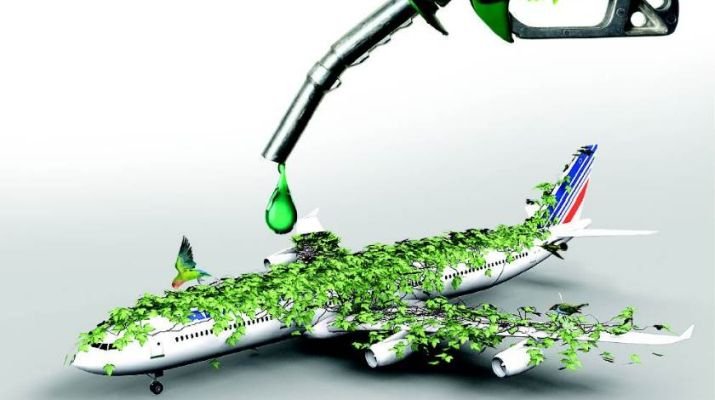The International Civil Aviation Organisation has forecasted that CO2 emissions from the aviation sector will increase to the range of 682 Mt to 755 Mt by 2020, and could even be as high as 2,700 Mt by 2050, a six-fold increase from 2010 levels, if nothing is done about it.
So what can be done? What’s the environmentally responsible solution for aviation.
Technology development has meant that plane designs are improving and engines are getting more efficient. There’s a host of ongoing efficiency changes in all aspects of air travel (improved fuel efficiency in new aircraft, aircraft modifications, airport restructuring, and optimised navigational systems) that are helping to reduce CO2 emissions by about 1.5% annually.
However to achieve significant reduction and go beyond carbon neutral growth, the aviation sector will have to shift to the use of renewable and sustainable fuels, such as biofuels developed for jet aircraft.
In the industry, biofuels for jet aircraft are known as ‘biojet’ or ‘biojet fuels’. They’re the only real option for achieving significant reductions in aviation emissions by 2050.
They won’t even require plane engine modification.
Biojet fuels exists today, but current production is limited, comprising less than than 0.1% of global total jet fuel consumption.
Today’s biojet fuels, ‘conventional biojet’, are derived from crops, and ‘advanced bio-jet’ — advanced liquid biofuels based on lignocellulosic biomass or algal feedstocks — will open the market to a larger variety of feedstock options and economic opportunities in the supply chain.
What’s holding biofuels back?
While biojet is already in use, it only makes up a fraction of a plane’s fuel and only on a tiny percentage of flights. The high cost of production is one of the main barriers to stopping greater biojet adoption, as fuel can account for as much as 30% of an airline’s total operating expense.
“No single policy will be able to create the perfect conditions for biojet to be commercially competitive. We need to address its competitiveness in all areas possible.”






